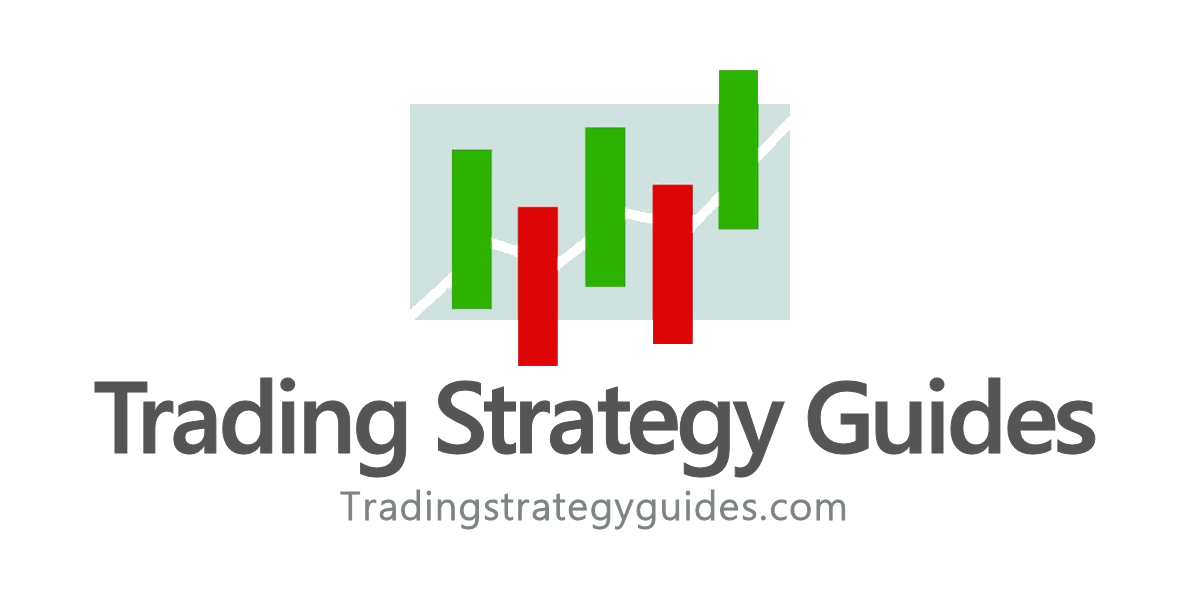The Real Cost of Financial Distress
Contents
A negative cash flow statement implies that the company is paying more cash than it generates from its operations. The Trade Off Theory is an important theory while studying the Financial concepts. It explains that the companies or firms are generally financed by both equities and debts. The TOT deals with the two main concepts, namely cost of financial distress and concept of agency costs. It is understandable that if a company is low on sales and is unable to cut down on its expenses, it would lead to a cash crunch.
Shareholders must account for hedging costs when they decide among alternative hedging strategies . Management time and loss of operational focus through the additional communications needed with lenders. Not having medical health insurance or having lots of costs for medical care not covered by medical insurance can cause monetary issues and will result in debt and chapter.
Financial distress occurs in an organization when the company cannot generate revenue that is sufficient to cater to all financial obligations. There are so many factors that may trigger financial distress in an organization. Notable among these factors are a fixed cost that is unusually high and a constant downturn in the economy. Financial distress is a situation by which an organization or particular person cannot generate revenue or revenue because it’s unable to meet or can’t pay its financial obligations. This is generally as a result of high mounted prices, illiquid belongings, or revenues sensitive to financial downturns.

Some of these expenses may include financing, opportunity costs of projects, and employees who aren’t productive. Employees of a distressed firm usually have lower morale and higher stress caused by the increased chance of bankruptcy, which could force them out of their jobs. Bankruptcy costs vary for different types of firms, but they typically include legal fees and, losses incurred from selling assets at distressed fire-sale prices, and the departure of valuable human capital. The way to measure bankruptcy cost is to multiply the probability of bankruptcy by the expected cost of bankruptcy. A company should consider the expected cost of bankruptcy when deciding how much debt to take on.
A financial crisis is a situation where the value of assets drop rapidly and is often triggered by a panic or a run on banks. Financial risk is the possibility of losing money on an investment or business venture. Insolvency is a situation in which an individual or company cannot pay off bills and debts. The federal financial safety net is supposed to protect large financial institutions and their creditors from failure to reduce systemic risk to the financial system.
#4. Poor debt management
If the company does go for the risky investment, owners have at least some upside gain potential. You can do that by calling the Investor Relations department for the company, looking up the information on the company web site or calling your financial adviser for a quote. Assume the interest rate paid to traders for a high credit score high quality bond is 6 p.c.
Cost, the less debt the firm can afford to use for any given level of debt. In the above example, the equity holders are willing to invest in negative NPV investments because they are gambling on the lender’s money. The recent economic instability means that a higher percentage of people are now witnessing financial struggles and hardships. Those of us who are fortunate to have steady incomes above the Indian average salary, which is Rs. 3,87,500 p.a., as of 2022, have more options as to how we spend or invest money, for the most part. If Fledgling gets into trouble, the stockholders may be reluctant to put up money to cash in on its growth opportunities. Failure to invest is likely to be much more serious for Fledgling than for the Heartbreak Hotel.
The optimum solution to address this issue is to determine the optimal funding structure for this investment which is the outcome of negotiations between lenders and the firm’s management. Firms hire legal counsels and investment bankers to help in restructuring their debt. If the debt for the new investment has higher seniority than existing debt, the firm has a higher chance to refinance the debt as it will find new borrowers. However, existing lenders will object by drafting covenants that prohibit firms from going to a lender to issue debt with higher seniority.

The easiest way to do this is to limit borrowing to levels at which the firm’s debt is safe or close to it. Playing for Time When the firm is in financial distress, creditors would like to salvage what they can by forcing the firm to settle up. The total value of the firm goes up by $15 ($10 of new capital and $5 NPV).
Cash Flows
DeAngelo and Masulis suggest that regardless of the leverage-related costs, firms can have a unique interior optimal level in the presence of these corporate tax shield substitutes. Lewis on the other hand, implies that in a world of market perfection except for taxation, a firm may have a set of debt ratios, which are consistent with the value maximisation objectives. He claims that any debt structure that produces a consistent series of promised interest payments would result in the same market value. In the effort to explain the tax advantage of debt, Berens and Cuny offer a different view of optimal capital structure. They argue that there are many optimal capital structure levels when referring to the choice of debt levels over time. However, until today, no consensus has emerged about the tax-based predictions, and the opinions thus far are not unanimous (Fama & French, 1998; Graham, 2000).
- Sometimes firms are restricted from selling assets or making major investment outlays except with the lenders’ consent.
- Afterward it costs the lender more to monitor the firm’s performance.
- Take that weighted average and subtract from it the cost of debt maintenance of an AAA-rated company.
- Ignoring the signs of financial distress before it gets out of control can be devastating.
- Financial distress occurs when an organization is unable to pay its creditors and lenders.
6 Recall from Chapter 2 that tax rates on ordinary income can reach 39.6 percent. The maximum tax rate on long-term capital gains is only 20 percent. Only when you receive money from your debtors in time will you be able to pay creditors. Thus, you should actively follow them, meaning remind them to keep the due date. However, if they are struggling, treat them the same way you would expect your creditors to treat you.
The example illuminates a mistake people often make in thinking about the costs of bankruptcy. The mourners (creditors and especially shareholders) look at their firm’s present sad state. They think of how valuable their securities used to be and how little is left. But they may also think of the lost value as a cost of bankruptcy. The decline in the value of assets is what the mourning is really about. The bankruptcy is merely a legal mechanism for allowing creditors to take over when the decline in the value of assets triggers a default.
However, these guarantees also encouraged imprudent risk-taking that caused instability in the very system the safety net was supposed to protect. Janet Berry-Johnson is a CPA with 10 years of experience in public accounting and writes about income taxes and small business accounting. Managerial accounting is the practice of analyzing and communicating financial data to managers, who use the information to make business decisions. Recovery rate is the extent to which principal and accrued interest on defaulted debt can be recovered, expressed as a percentage of face value. Financial distress occurs when income flows fail to meet the required spending outflows owed to outstanding obligations or needs. Charlene Rhinehart is an expert in accounting, banking, investing, real estate, and personal finance.
Financial statements are written records that convey the business activities and the financial performance of a company. Add up the company’s total amount of debt, including current debt . Distress costs can also be intangible, such as a loss of employee morale and productivity.
This reduces the possible payoffs to stockholders and reduces the current market value of their shares. Cash flow is the speed at which the money comes and leaves the business. A company might be making a profit, but the majority of its profits may be accrued. In this case, the company might not have cash at hand to run the day-to-day operations.
What Is Distress Cost?
The difference between the new and old cost of funds is the https://1investing.in/. On the “no” side, there are some things the trade-off theory cannot explain. It cannot explain why some of the most successful companies thrive with little debt. Think of Johnson & Johnson, which, as Table 18.4A shows, has little debt. Granted, Johnson & Johnson’s most valuable assets are intangible, the fruits of its research and development.
They have also proven that when a firm undertakes international capital projects, uncertainty exists concerning the domestic currency value of the future cash flows from these projects. Foreign exchange hedging reduces this uncertainty by smoothing the future cash flow stream. Although this uncertainty is largely unsystematic, itdoes not just impact firm risk. If projects are financed by debt, then the smoothing of the cash flow stream tends to lower the firm’s cost of debt. Equity/debt holders resort to game theory in the costs of financial distress at high financial distress. There are also several indirect costs related to financial distress.

Individuals experiencing financial distress are twice as likely to show signs of poor health and are four times more prone to complain of ailments, as per a report published by Forbes. The real problem arises when these physical symptoms start hampering workplace engagements, productivity, and attendance. In some cases, the one’s going through such stressful situations are also likely to quit their jobs, thereby hampering retention rates. In present times, you will notice that every other person is undergoing financial distress, and this has accelerated even more in the post-pandemic world. For some, this stems from an escalating debt or a loss of a job; for the rest, it could be unexpected expenses or a mix of these factors.
A Breakdown of “Actual Costs” of Financial Distress
As Figure 18.3 shows, Ace Limited’s stockholders are in better shape than Unlimited’s are. Now we identify these costs and try to understand what causes them. Asset deficiency is a situation where a company’s liabilities exceed its assets indicating that a company may soon default and be headed for bankruptcy. This may include cutting staff or even cutting back on management incentives, which can often be costly to a business’s bottom line.
Individuals who experience financial distress may be subject to wage garnishments, judgments, or legal action from creditors. The weighted average cost of capital calculates a firm’s cost of capital, proportionately weighing each category of capital. Credit PeriodCredit period refers to the duration of time that a seller gives the buyer to pay off the amount of the product that he or she purchased from the seller. It consists of three components – credit analysis, credit/sales terms and collection policy. While preparing an organization’s budgets, the person in charge uses some measure of assumption to arrive at projected income and expenditure.
How To Understand The Financial Risks Of Renewable Energy Projects
A 2022 PWC Employee Financial Wellness Survey indicated that personal financial distress impacts employees emotionally, mentally, physically, and socially. The answer is “yes and no.” On the “yes” side, the trade-off theory successfully explains many industry differences in capital structure. High-tech growth companies, whose cost of financial distress assets are risky and mostly intangible, normally use relatively little debt. Airlines can and do borrow heavily because their assets are tangible and relatively safe. The value of Enron’s trading business depended on Enron’s creditworthiness. Most of the lost value can be traced back to Enron’s aggressive borrowing.
In some severe cases, they might even start laying off employees to save the cost and avoid the situation of financial distress. High Expenses and Low Sales – It is understandable that if a company is low on sales and is unable to cut down on its expenses, it would lead to a cash crunch. However, most of the companies cannot cut down on their fixed and operational costs. In some severe cases, they might even start laying off employees, in order, to save the cost and avoid the situation of financial distress. Cost Of DebtCost of debt is the expected rate of return for the debt holder and is usually calculated as the effective interest rate applicable to a firms liability. It is an integral part of the discounted valuation analysis which calculates the present value of a firm by discounting future cash flows by the expected rate of return to its equity and debt holders.



